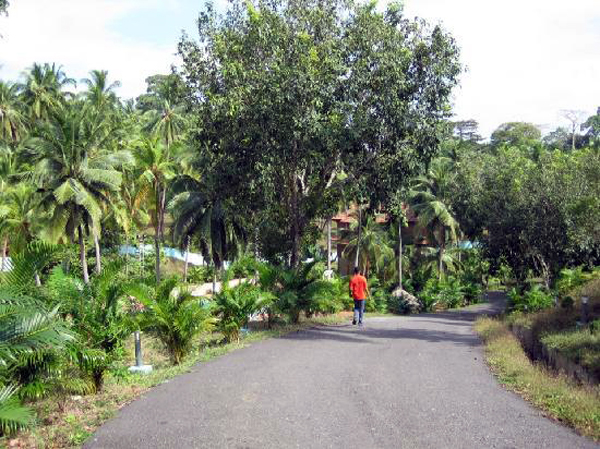
In today’s fast paced world, it becomes very challenging to find some time for our health. In fact, most of the diseases today have been termed as lifestyle diseases because they are the result of our lifestyle.
Diabetes is one such disease which has afflicted almost one half of the population in the developed world. While there are numerous medications for diabetes, a simple change in lifestyle could help one to battle it.
The morning walk is one sure way to keep your diabetes in check. The fresh morning air ensures a good health and longevity. It also helps to keep limbs agile and supple even in advanced ages. It is an exercise recommended for everyone. But before you embark on your morning walk regimen, here are a few details you must keep in mind.
1. Check the sugar level
The top priority in diabetes is to control the sugar level in the blood such that it neither shoots over the top nor falls below a minimum level. And if you are not used to walking, checking sugar levels is of paramount importance, at least till you get used to walking and know your limits. If the sugar levels are below 100mg per dl then you should get some carbs before you set out on your walk. At the same time, if the levels exceed 200 mg per dl (for Type 1 diabetes) or 250 mg per dl ( for type 2 diabetes) then, rest a while and wait for the sugar level to fall before you start the walk. In the beginning, it would be good to check the levels once during the walk too.
2. Develop the walking habit
The walking that you start must not be a one-day wonder. Nor should it be a week long hobby! With discipline and rigor, you should make it a part of your day to day life. Let every morning begin with a walk. Walking is a wonderful exercise and it is very easy to do it also. A morning walk has several other benefits. Even in the cities, the air is relatively less polluted in the mornings. You will also develop the habit of rising early everyday.
3. Best time for walking
Apart from your morning walk, it would be a good idea to take a walk, a few hours after any meal. About 1-2 hours after any meal, the insulin and blood sugar levels would have settled and it would be a good time to take a walk. In that respect, the morning walk is very good for mornings are times when the insulin is not peaking ( for diabetes of type 1).
4. Choose the right gear (Shoes and socks)
Preventing wounds and blisters are a high priority for diabetics because diabetes slows down the healing process and in extreme cases, a simple injury might also develop into a deadly gangrene. The ideal protection would be to wear a comfortable pair of socks that suck away the sweat and are light. Then, have a pair of well-fitting shoes to go over the socks. Regularly inspect your shoes and replace them with new ones whenever you see damage. Also, use new socks for every walk.
5. Consult doctor for insulin change
The walks are definitely going to help your diabetes. And this will reflect with your changed insulin requirements. Consult with your physician about the changed insulin needs. It would also be a good idea to consult before you make any increases in your walking schedules.
6. Drink and eat appropriately
Walking is bound to get you dehydrated. But since the whole activity is not so strenuous, you may not realize that you are neglecting the body’s needs for water. It is always advisable to have a large glass of water about an hour before you set out on your walk. Even when you are walking, take breaks to drink water after every 20-30 minutes. Again, drink a glass of water 15 minutes after you complete the walk. In case of walks that are long and in the sun, you must take drinks that also replace the vital body salts.
It would also be advisable to eat small amounts frequently, when you have diabetes. When on a walk, there are chances that your blood sugar may get lowered. Make it a point to carry some snacks along. Be very alert to the signs and signals that your body is sending you. When you plan to increase your walking distance, see how your body is responding.




